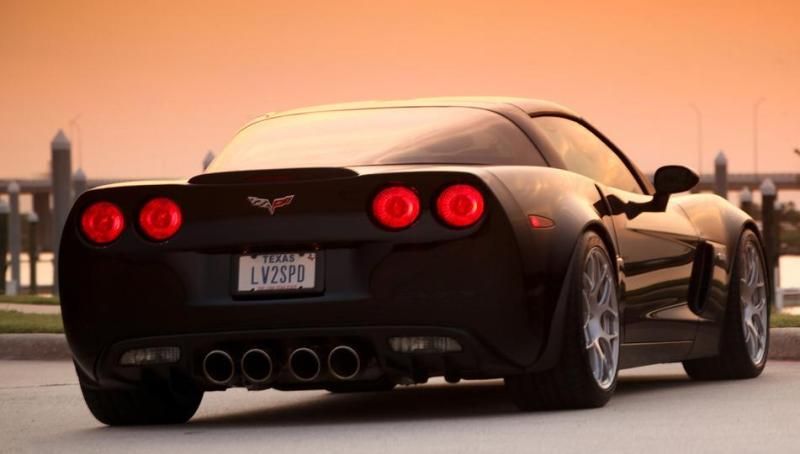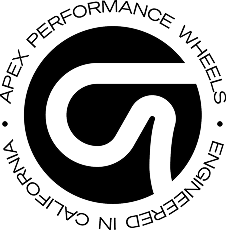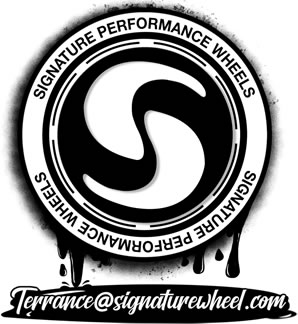Hib Halverson
Technical Writer for Internet & Print Media
- Joined
- Mar 20, 2015
- Messages
- 229
- Location
- CenCoast CA
- V-Series Cadillac(s)?
- 2016 ATS-V Sedan, 2016 ATS-V Coupe
If one can forget to push the button, one can forget to turn the key ... I wonder how many cases of that never made the news... Frankly, I wonder if people who can't remember to turn the car off need to be driving in the first place ...
I get it about people who can't remember to turn off the car, but...the other side of that is for over 50 years, people were used to putting their keys in the ignition and leaving them there for the duration of the drive then having to shut the car off to get the keys out. I know there were really old cars you could start then remove the key while they were running but that ended in, I believe 1964 for GM.
Also, we don't NEED push button start just like we don't NEED an electric parking brake. Yeah, some make like it, but it's unnecessary. It's just more evidence that marketing weenies and techno-geeks are making choices for us.
Finally, back to the issue of people who can't remember to turn off push-button-start-cars shouldn't be driving...
You might feel differently about that if you were 65+ years old and experiencing some hearing loss. My guess is the unfamiliarity of push-button-start combined with partial hearing loss might have been at the crux of the problem...well, also, tightly fitting windows in their house, too.







